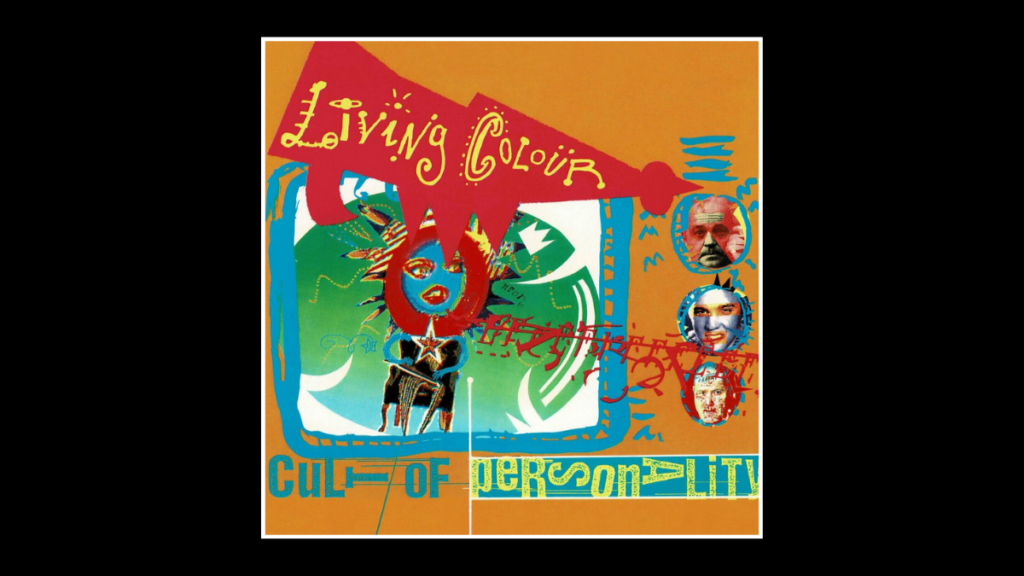The Role of Iconography in ‘Cult of Personality’ by Living Colour
Living Colour’s 1988 anthem ‘Cult of Personality’ is a powerful exploration of the phenomenon where influential leaders create a devoted following, often through the manipulation of their public image. The song’s lyrics reference several iconic figures who have exemplified the concept of a ‘cult of personality,’ using their charisma, rhetoric, and image to exert control over the masses. By analyzing these figures, we can better understand how their actions and images have shaped political and cultural landscapes.
Mussolini and the Power of Fascist Imagery
Benito Mussolini, the leader of Italy’s National Fascist Party, is the first figure mentioned in the song. Mussolini mastered the use of mass media to craft his image as a strong, decisive leader. Through carefully staged photographs, public speeches, and propaganda films, he projected an image of invincibility and strength. His appearance was meticulously curated to embody the ideals of fascism—nationalism, militarism, and authoritarianism. Mussolini’s cult of personality was rooted in the idea that he was the embodiment of the Italian state, a symbol of national pride and unity, which allowed him to maintain a tight grip on power.
Stalin and the Art of Ideological Iconography
Joseph Stalin, the Soviet Union’s leader, is another figure highlighted in ‘Cult of Personality’. Stalin’s cult of personality was perhaps one of the most pervasive, with his image embedded into the very fabric of Soviet life. Through statues, portraits, and state-sponsored art, Stalin was portrayed as the ‘Father of Nations,’ a god-like figure who guided the Soviet Union to prosperity. The relentless promotion of Stalin’s image was designed to inspire loyalty and suppress dissent, making his figure synonymous with the ideals of communism. His legacy serves as a stark example of how imagery can be used to manipulate public perception and solidify authoritarian rule.
Kennedy and the Camelot Myth
John F. Kennedy, although a different kind of leader compared to Mussolini and Stalin, also developed a cult of personality, albeit in a more democratic context. The song references Kennedy as a figure whose charisma and youthful energy captivated the American public. The ‘Camelot’ myth, propagated after his assassination, further solidified his image as a heroic and visionary leader. Kennedy’s speeches, filled with optimism and calls for civic responsibility, helped craft an image of a leader who was not just a politician, but an idealist working for the greater good. The media’s portrayal of Kennedy and the lasting impact of the Camelot narrative demonstrate how even democratic leaders can be enveloped in a cult of personality.
Gandhi and the Spiritual Icon
Mahatma Gandhi represents a different facet of the cult of personality. Gandhi’s image as a spiritual leader and a symbol of non-violent resistance played a crucial role in the Indian independence movement. His simple attire, his use of fasting as a form of protest, and his portrayal as a humble, devout figure were all carefully managed to inspire mass support. Gandhi’s iconography was not just about political power, but about moral authority. His image continues to be revered, illustrating how the cult of personality can also be rooted in ideals of peace and morality.

Malcolm X and the Radical Icon
Malcolm X is another historical figure mentioned in the song, representing a more radical form of leadership. His image, often depicted as defiant and militant, was central to his influence during the civil rights movement. Malcolm X’s speeches, his fiery rhetoric, and his unapologetic stance on black empowerment resonated with a generation of African Americans who were disillusioned with the slower pace of change advocated by more moderate leaders. His image as a radical icon continues to inspire movements that challenge systemic oppression, demonstrating the lasting power of his cult of personality.

The Double-Edged Sword of Iconography
The figures mentioned in ‘Cult of Personality’ each utilized their image to create a powerful connection with the public, whether through fear, admiration, or inspiration. While the cult of personality can be a tool for rallying people toward a cause, it also carries the risk of leading to authoritarianism and the suppression of dissent. Living Colour’s song serves as a reminder of the potent role that iconography plays in shaping history and influencing the masses. By analyzing these figures, we gain insight into the ways in which leaders manipulate their public image to gain and maintain power, and how these images continue to resonate in our collective consciousness.
Also Read: The Halo Effect in Pop Culture: How One Good Impression Can Shape Our Views
–Silviya.Y








